Hello! At the Sake Museum, the Spring Exhibition is being held until May 27 (Mon.). The arts and crafts in the Sasabe Sakura Collection, which were introduced in last year’s update, are now on display.
The second half of the exhibition will held on Wednesday, April 24, and a museum talk (only in Japanese) will be held on Saturday, May 4 to delve deeper into the exhibition. We look forward to seeing you at the museum.
If you were to paint cherry blossoms, what color would you paint them? Speaking of cherry blossoms, there is a famous poem by Ono no Komachi included in the Hyakunin Isshu (One Hundred Tanka Poems): “The color of flowers is changing, and I am longing for them.” The “flowers” in this poem refers to cherry blossoms, which have faded away during the long spring rains, and the poem expresses the fact that Ono’s own beauty has faded while she was lost in her thoughts.
Cherry blossom colors fade in the rain during the short flowering season, but how were they represented in arts and crafts?
When representing the four seasons, cherry blossoms are often painted in the background as a representation of spring in Japan. White in Japanese paintings generally uses a pigment called gofun. It is made from oysters and other shells, and was used not only to paint it white but also to layer it thickly to create a three-dimensional look.

The Mikuma school, which liked to paint cherry blossoms, also expressed used mainly white, sometimes with the addition of crimson, to represent the petals. Oda Shitsushitsu, who was a member of the Mikuma school, was particularly unique in her expression of the petals, which are transparent and thin through her skillful manipulation of shading. When looking at the work, please pay attention to the three-dimensionality of the petals.
Some people might think that the actual cherry blossoms will always have the same color when they bloom. However, some varieties change color depending on the timing.
For example, Nishinomiya City’s original cherry blossom “Nishinomiya Gongendaira”trees that were planted beside the museum’s parking lot, has overall white flowers at the start of flowering, but when they fall they turn red from the center of the petals and become a strong pink color when viewed from a distance. Thus, there are varieties of cherry trees that change color.
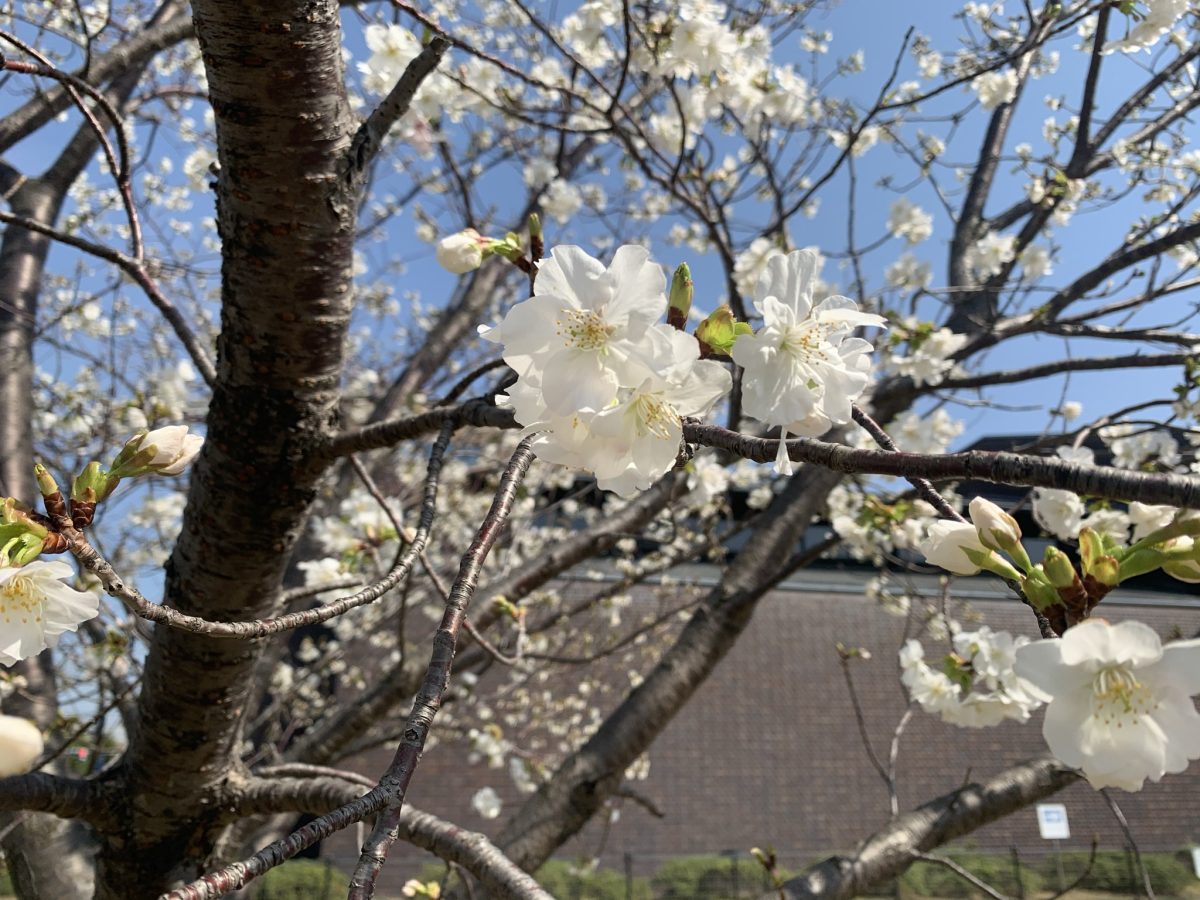
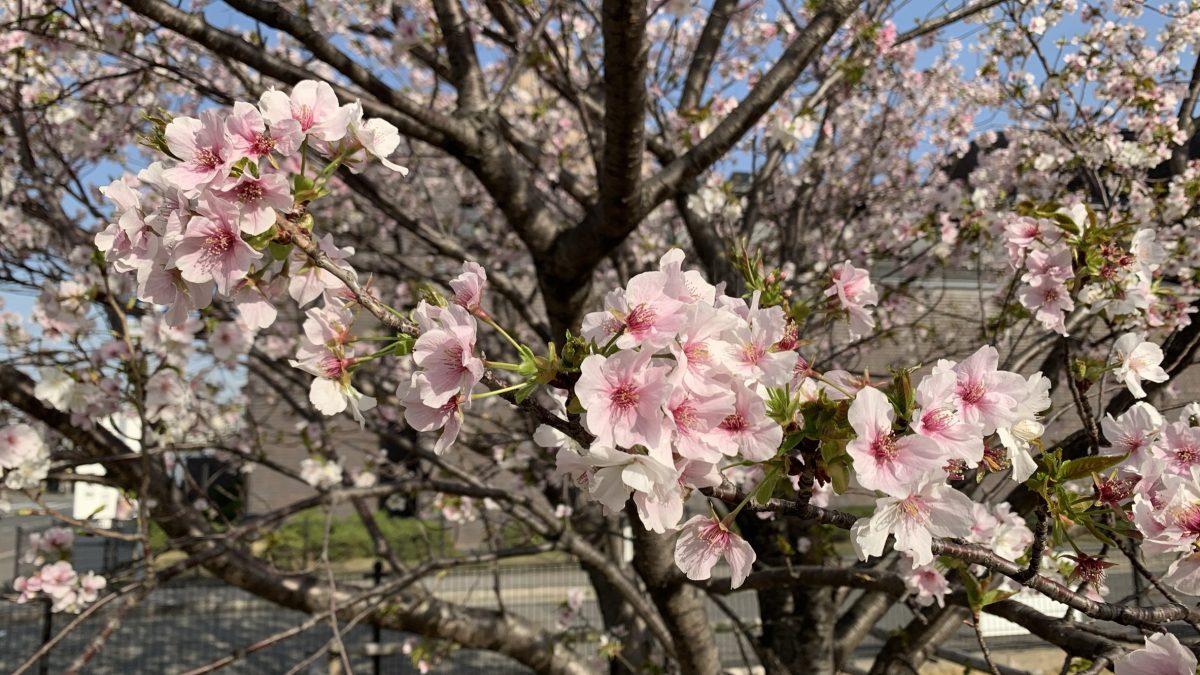
Sasabe-zakura cherry blossoms, a new species found in Sasabe’s garden in 1960 also changes the color of flowers. It is light red at the beginning of flowering, but when it falls, the color turns red.
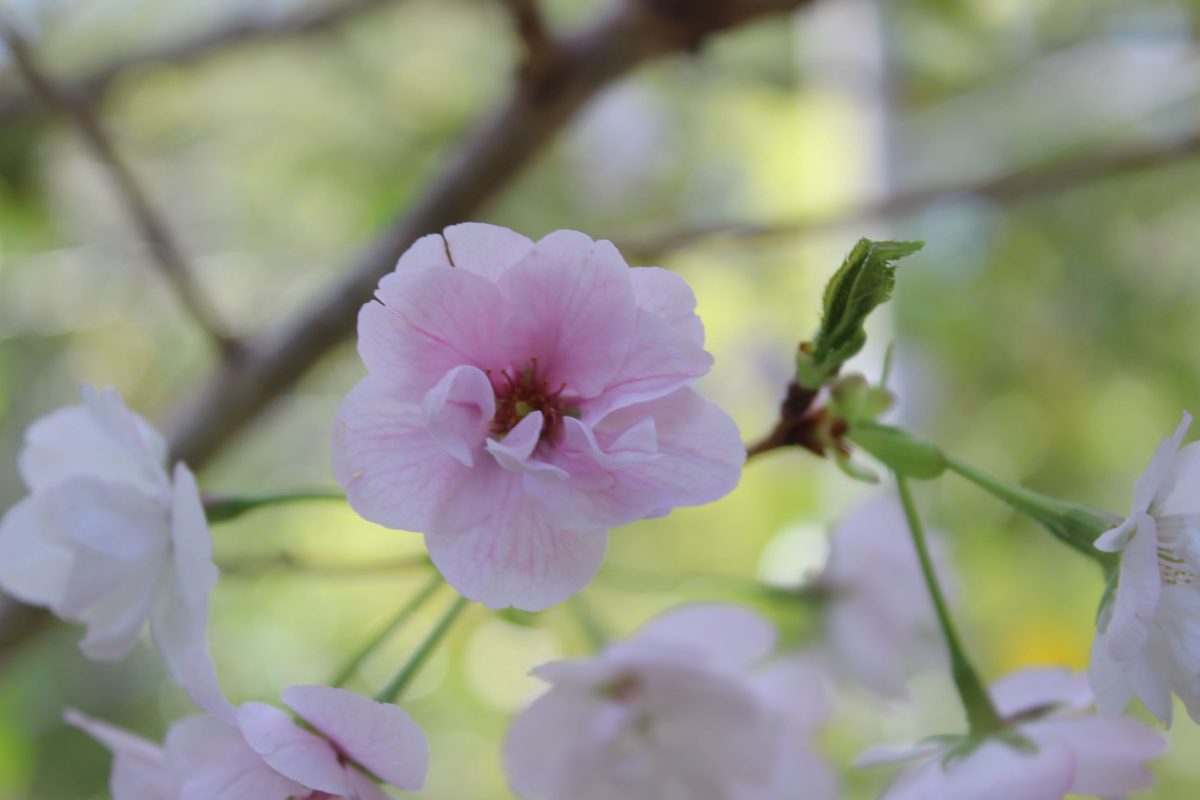
In fact, someiyoshino cherry blossoms, which are often seen in town, also change to red in the center when they fall, although the change is not as dramatic as with the above varieties. It may be a good idea to pay attention to this as an indication of the period during which you can enjoy flower viewing.
In his essay “Hana no Iro” (The Color of Flowers), he said that he was occasionally asked, “What is “sakura-iro” (the color of cherry blossoms)?” and he said “Cherry blossom lovers will agree that there is no fixed color of cherry blossoms”. Also he said “This fact also enhances the beauty of cherry blossoms. Aside from scientific scrutiny, I feel like leaving the word “sakura-iro” alone.”
If you have the opportunity to see a cherry blossom or works from the Sasabe Sakura Collection in the future, please pay attention to the “colors”.
Please look forward to the next issue!



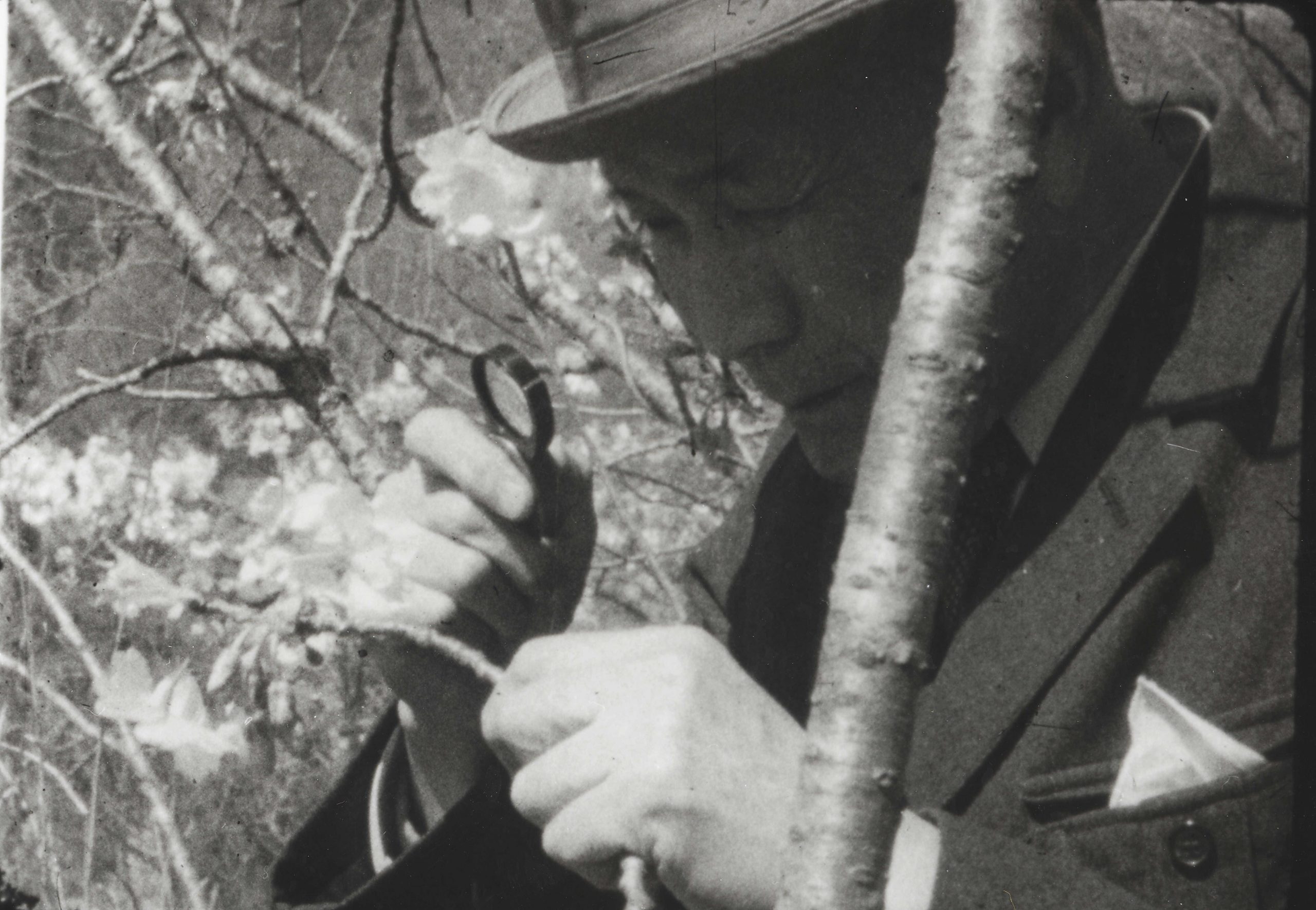
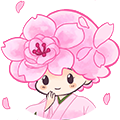
-scaled.jpg)


I’m looking forward to visiting Japan Mint next spring!